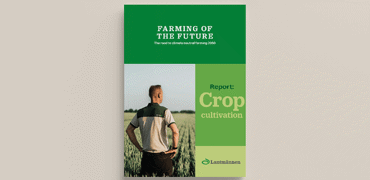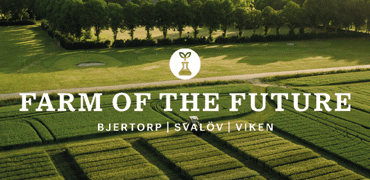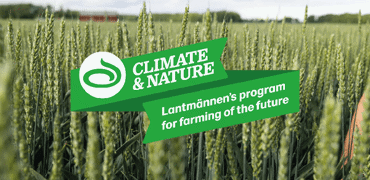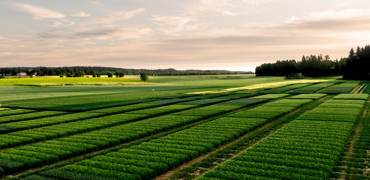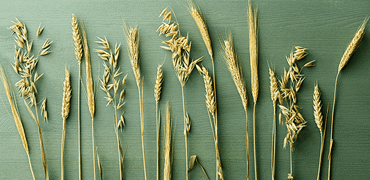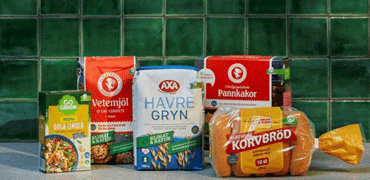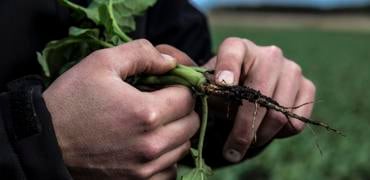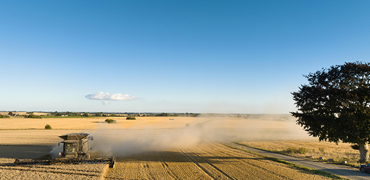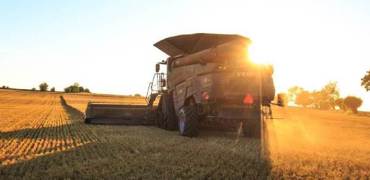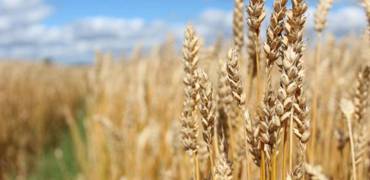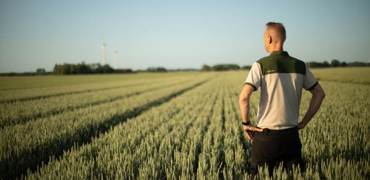“Since August, when the Swedish Board of Agriculture communicated a harvest forecast of 5.9 million tonnes of grain, conditions have remained favourable in many regions, and we now look to be heading towards a harvest of around six million tonnes. But despite the high volumes and good quality, it will be difficult for many farmers economics to add up when grain prices are under pressure and input costs remain high,” says Per Germundsson, Director of Grain Business at Lantmännen.
According to Lantmännen, improved profitability is crucial for a strong Swedish agricultural sector and forms the basis for increased food production – a prerequisite for national preparedness and a more resilient food supply.
The harvest shows relatively even and good quality across the country. In southern Sweden, malting barley stands out with high yields, while winter rapeseed has varied but delivered strong results in the western, eastern, and central regions. Further north, yields are normal to slightly above normal, with the exception of Dalarna and Hälsingland, where weather conditions led to late harvesting, high moisture levels, and lower quality. Rye and winter wheat have delivered high volumes with maintained quality, and oats also show high visual quality. As an effect of the large volumes, protein levels in wheat are somewhat lower than usual, which affects the share of grain that can be used for food production.
Grass, which is Sweden’s largest crop by area, has generally produced above-normal yields in large parts of the country, resulting in well-stocked silage reserves ahead of the winter. The maize harvest is currently underway in a record-large area. A cold spring during establishment was not optimal for the crop, and yields are expected to be slightly lower than in the past two years.
“It has been an intense harvest period and the weather conditions during the autumn sowing were challenging. We now hope for more favourable weather going forward with the autumn-sown area for the 2026 harvest,” says Per Germundsson.
A final summary of the harvest will be published by the Swedish Board of Agriculture in April. The most reliable reference for both volume and quality will only be available once the entire harvest year is concluded, meaning during the summer of next year.
For more information, please contact:
Lantmännen's press office
Tel: 010 556 88 00
E-mail: press@lantmannen.com






